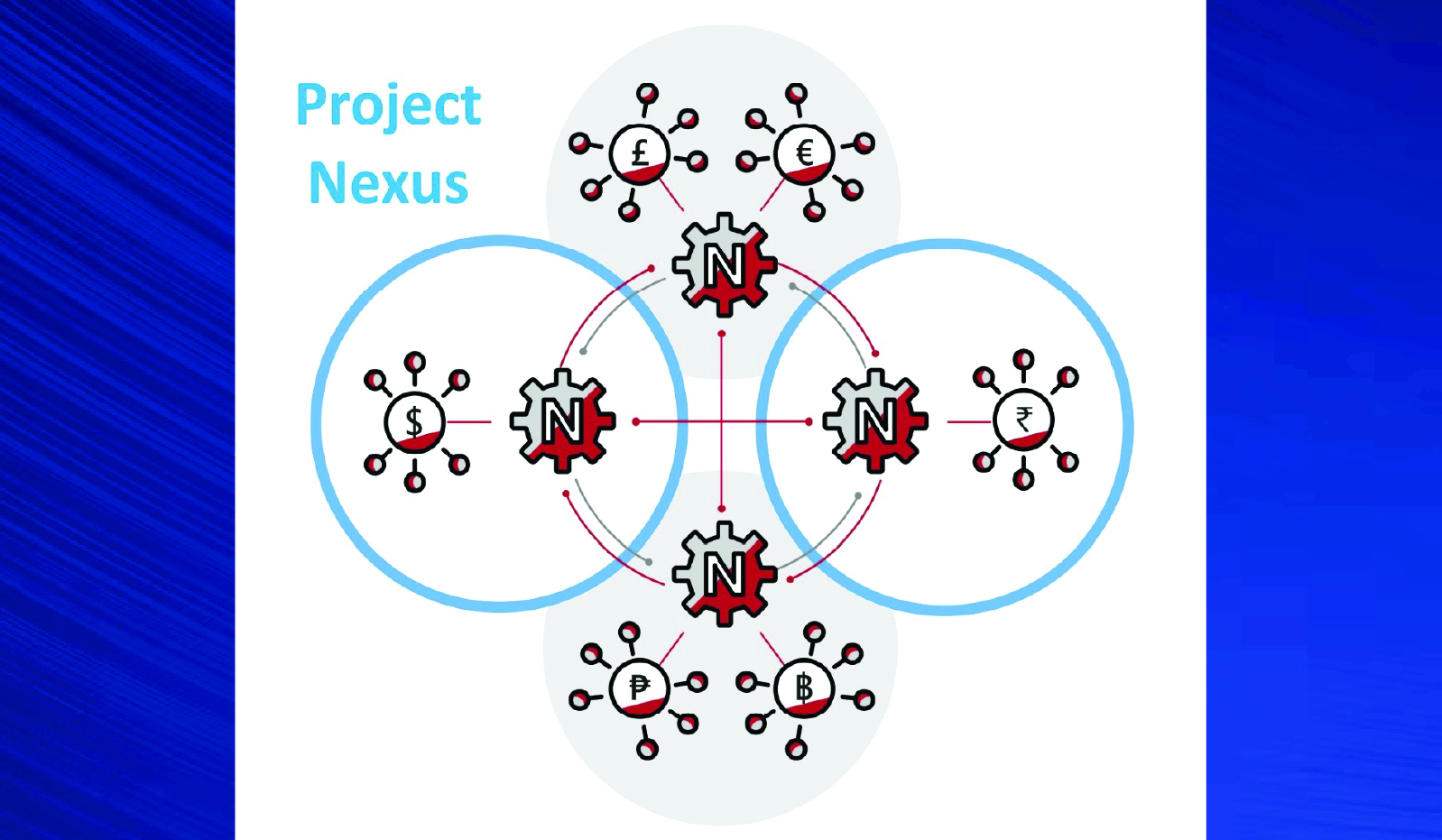In its bi-annual Payment Systems Report, RBI cautions that sanctions, currency restrictions, and other operational barriers could disrupt seamless international transactions.
About Cross Border Payments
- Definition: These are financial transactions where the payer and the recipient are based in separate countries.
- They cover both wholesale and retail payments, including remittances.
- Two Main Types:
- Wholesale cross-border payments: Typically between financial institutions.
- Retail cross-border payments: Typically between individuals and businesses. E.g. person-to-person, person-to-business etc.
- Significance: Increased International mobility of goods and services, capital and people has contributed to its growing economic importance.
- Status in India: India remains the top recipient of global foreign remittances, with a record $137.7 billion inflow in 2024.

Initiatives to facilitate Effective Cross Border Payments
- Global
- G20 Roadmap: Addressing challenges like high cost, slow speed, limited access, and insufficient transparency, etc.
- Bank for International Settlements (BIS) Innovation Hub Projects: Like Project Hertha, Project Rialto, Project Agora etc.
- Others: Recommendations of Financial Stability Board (FSB) and the Committee on Payments and Market Infrastructure (CPMI), etc.
- India
- Bilateral/Multilateral collaboration: Linking UPI with foreign Fast Payment Systems (FPSs) of other countries via QR code acceptance of UPI at merchant locations abroad.
- E.g. UPI and PayNow (Singapore) Linkage, Project Nexus (a multilateral international initiative), etc.
- Bilateral/Multilateral collaboration: Linking UPI with foreign Fast Payment Systems (FPSs) of other countries via QR code acceptance of UPI at merchant locations abroad.






